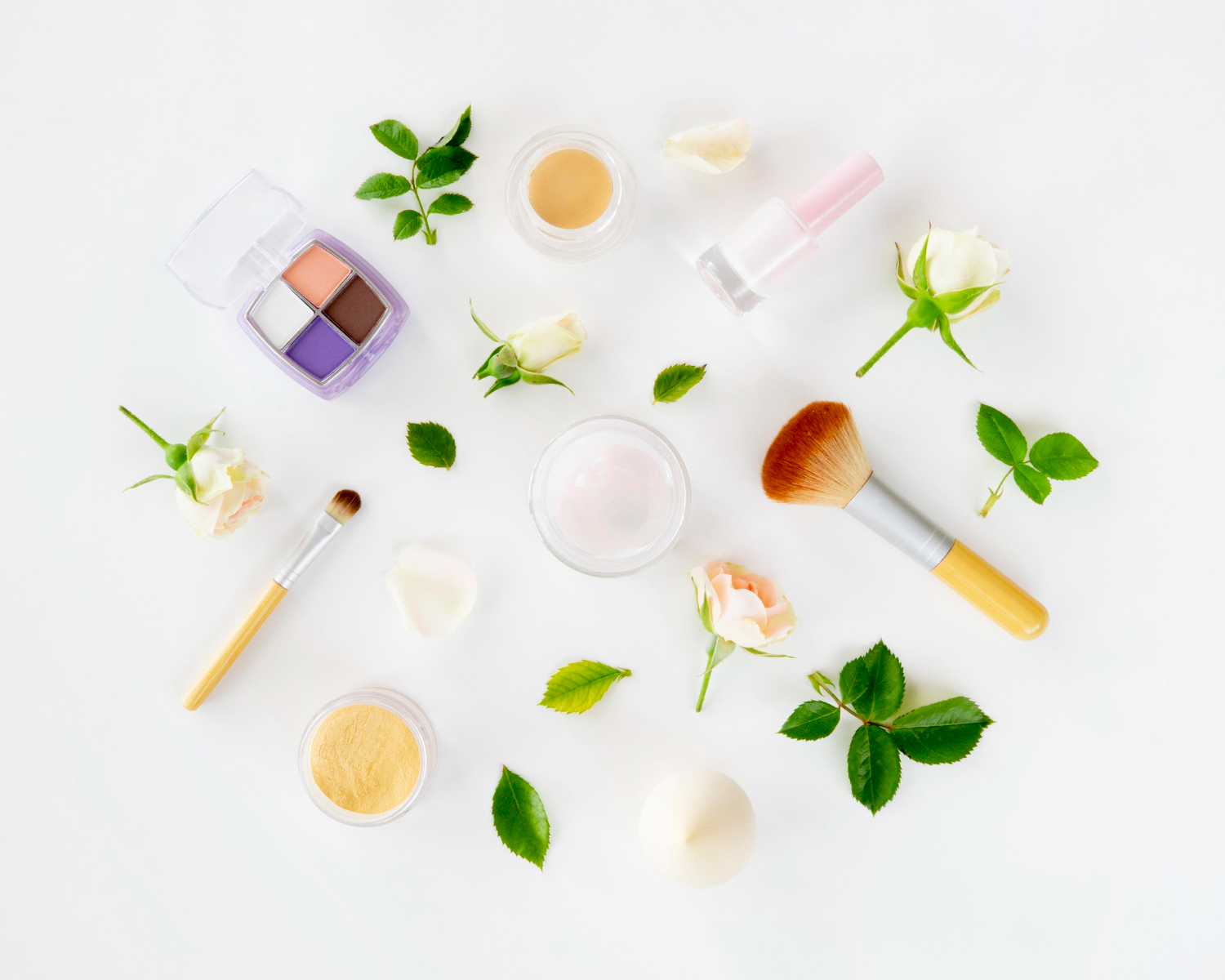Cosmetic Ingredients 2025 – which active ingredients will dominate the beauty market?

Adaptogens – nature’s answer to skin stress
Every day, our skin faces countless challenges. It’s natural to seek reliable ways to support it. Adaptogens are plants and fungi with exceptional regulatory properties that help the skin cope with environmental stress. In 2025, ashwagandha, rhodiola, and reishi mushrooms take center stage. These ingredients not only neutralize free radicals but also strengthen the skin’s natural barrier and regulate sebum production. Ashwagandha is especially valued for its anti-inflammatory action and support for cell regeneration. Brands are also exploring lesser-known adaptogens, such as schisandra and eleuthero. Including them in creams and serums reflects the growing demand for a holistic approach to skincare. Adaptogens work synergistically with other actives, enhancing their effects. In combination with vitamin C or niacinamide, they create powerful anti-aging formulas that protect against premature aging caused by oxidative stress.
Biomimetic peptides – precision in action
Today, our skin requires more than basic care ingredients. Next-generation peptides are more than simple amino acid chains. In 2025, biomimetic peptides dominate, mimicking natural processes within the skin. Copper peptides stimulate collagen and elastin production while offering antioxidant properties. Argireline, often called “botox in a jar,” effectively reduces expression lines without injections. A breakthrough comes with fourth-generation signal peptides, which communicate with skin cells at the molecular level. Matrixyl 3000 Plus and Syn-Ake are examples of peptides that stimulate cell renewal and modulate the skin’s inflammatory response. Encapsulation technology enables gradual release, ensuring prolonged action. Combining different peptides in one formula is becoming a standard in premium cosmetics.
Postbiotics – the microbiome at the service of beauty
Healthy, radiant skin is the goal many of us strive for. Increasingly, we turn to ingredients that promise visible results. Postbiotics are metabolites produced by probiotic bacteria, offering skincare benefits without the need for live microorganisms. Unlike probiotics, postbiotics are stable and easy to formulate. Lactobacillus ferment, bifidus fermentation extract, and bacterial lysates are among the most popular postbiotics in 2025 cosmetics. These innovative ingredients strengthen the skin’s microbiological barrier, reduce inflammation, and accelerate healing. They are particularly effective for sensitive and acne-prone skin. Postbiotics also act as natural preservatives, extending product shelf life without harsh chemicals. Their synergy with prebiotics creates comprehensive skincare systems that support a healthy skin microbiome.
There is no doubt that we are now in the era of science-based, nature-inspired cosmetics. Adaptogens, advanced peptides, and postbiotics represent a holistic, effective, and safe approach to skincare. Consumers expect not only visible effects but also ingredients with proven benefits and minimal environmental impact. Brands that combine innovation with responsibility will lead the beauty market in the coming years. The future belongs to cosmetics that not only enhance appearance but also support the skin’s natural regenerative processes.